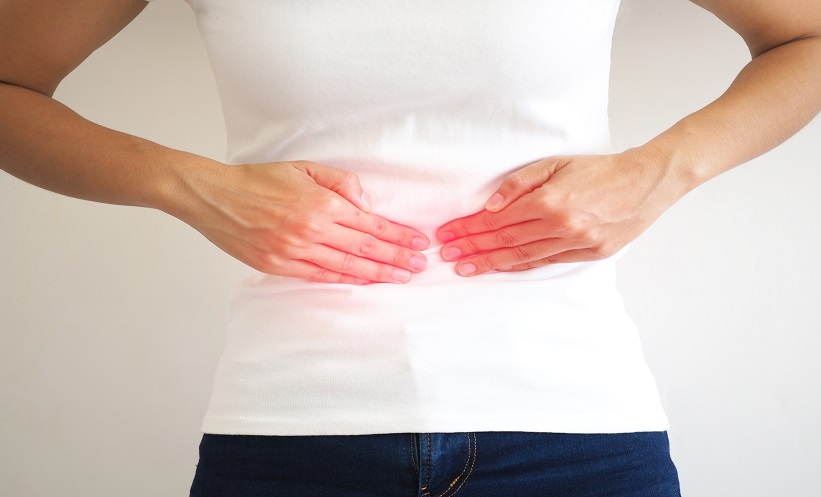OPIOIDS are commonly used as a means of pain management in inflammatory bowel disease (IBD), but it is well-known that there are serious concerns over the association with addiction and tolerance issues. The IBD Pain Ladder, developed by the University of Illinois School of Medicine, Illinois, Chicago, USA, has been shown to be a cost-effective educational initiative to reduce opioid use in IBD patients.
In the study that was presented at the 2019 American College of Gastroenterology (ACG) Meeting, outcomes of 60 patients, of whom 48 received prior treatment, and 71 IBD hospitalisations that were managed under the IBD Pain Ladder protocol were compared by Dr Pavlos Kaimakliotis and his team. No significant difference was found between the groups for the mean age (38 years), home biologic use (35%), or disease severity. There was a higher proportion of patients with Crohn’s disease in the post-intervention group (88.2% versus 76.5%); however, this was not statistically significant.
To reduce the use of opioids to control pain, the IBD Pain Ladder protocol emphasises the administration of high-dose acetaminophen (625 mg every 4 hours) to initially control the pain, and then include nonopioids, including antispasmodics and neuromodulators, as further pain management steps. Tramadol (25 mg every 6 hours) or acetaminophen (325 mg) plus hydrocodone (5 mg) every 6 hours was introduced if pain control was unsuccessful without opioids.
Using the IBD Pain Ladder intervention, the primary outcome of opioid exposure per patient decreased significantly from 43.2 mg to 11.5 mg (p<0.01). Compared to the 31% of hospitalised IBD patients beforehand, 69% avoided opioids after the educational initiative was implemented. Furthermore, the length of hospital stays reduced from 5.2 days to 3.3 days (p<0.009), and the 30-day readmission rates were lower at 7% versus 28.6% (p<0.04). Importantly, the pain scores did not differ significantly between patients that were treated before and after the IBS Pain Ladder was introduced (p=0.66).
Summing up the implementation of the protocol, Dr Kaimakliotis commented that “the IBD Pain Ladder encourages a tailored approach to pain management, and that taking a systematic approach to opioid-sparing analgesia in IBD patients makes sense.” The results reinforce that IBD pain can be controlled using opioid-sparing approaches without sacrificing pain control, and represent an important step to address the current opioid endemic.








